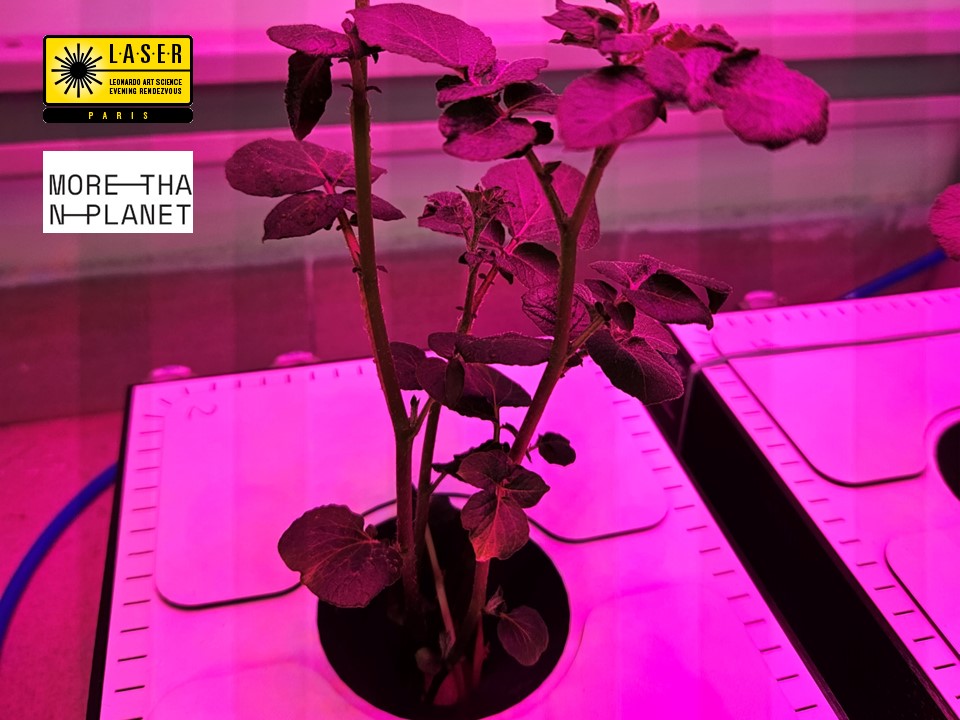
MELiSSA project. © Precursor of a Food Production Unit - UNINA-Ciris - Thales Alenia Space, Italy
Une autre planète
Jeudi 14 mars 2024
Matrice
146, boulevard de Charonne, 75020 Paris
(métro Alexandre Dumas)
Horaire : 19h00 – 21h30
Entrée gratuite sur inscription
Les présentations de Luis Campos et d’Antti Tenetz ainsi que les discussions se tiendront en anglais.
Sommaire :
Participants
Luis Campos - Ascensions and Astrobotany: Islands in the Sky
Ascensions and Astrobotany: Islands in the Sky
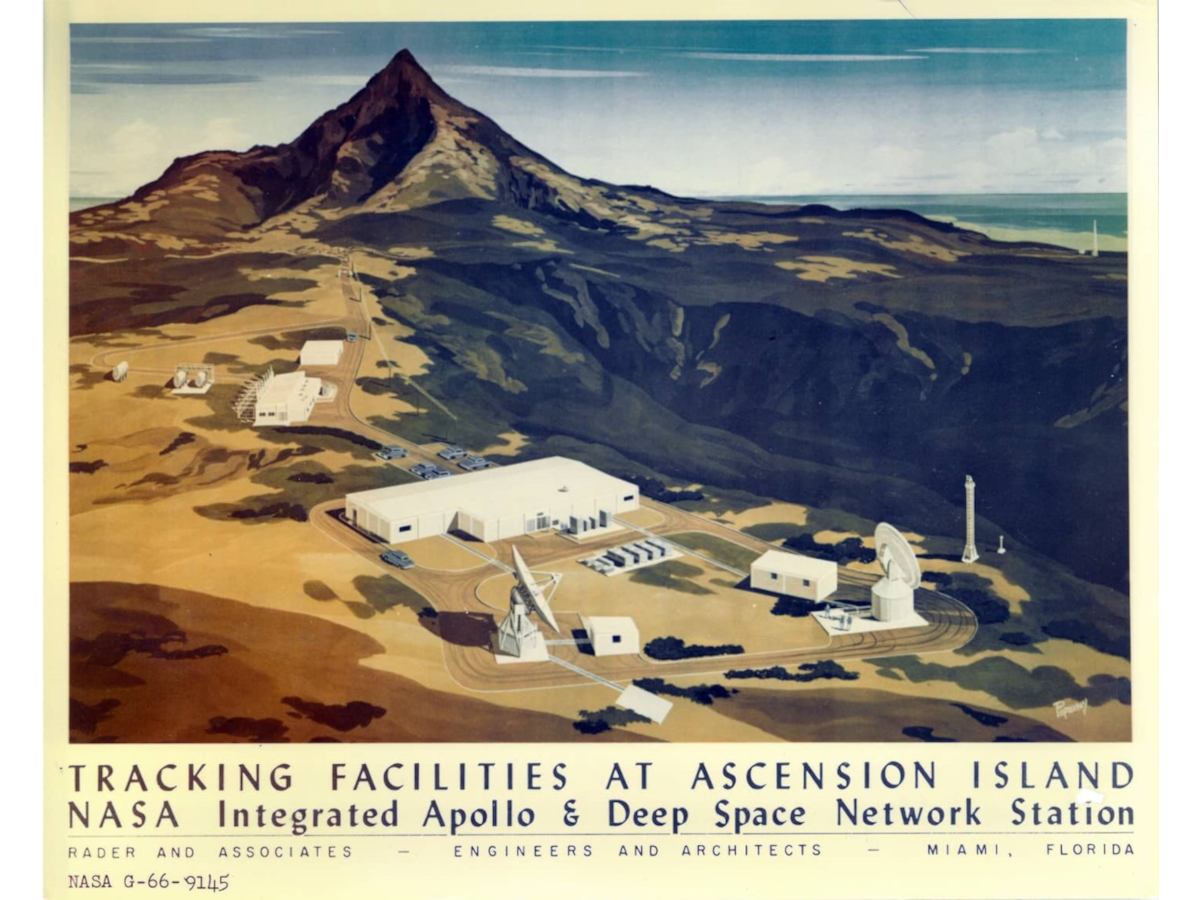
National Aeronautics and Space Administration,‘Ascension Island. Manned Space Flight Network Station’ (Goddard Space Flight Center, November 1967. Painting commissioned in 1966 by Miami architects Rader and Associates.
The history of artificially composed biospheres at the heart of questions of terraformation has a colonial history that involves places like Ascension Island, where unintended consequences led to the emergence of a cloud forest on a remote Atlantic island where none had existed before. This was only possible because of human intervention—but often unintentional human intervention. The story of habitability, ascending from life on earth into space, is a logic of life escaping human control and design in confined environments. It is on the one hand the story of a legendary island in the middle of Atlantic and those who were stranded there. As one passer-by later noted: “Ascension is without wood, water, or herbage but some hogs and fowle and abundance of turtles and fish… a blot on the fair surface of the earth, an awful wilderness in the solitude of ocean”. But, as Ascension became a NASA outpost, there remain important parallels between the history of this self-contained biosphere and other later ascensions into space: in the thought of life that might come to exist elsewhere, either in artificial seedling biospheres we might compose for ourselves and our own habitation in endless orbit (indeed, one of the first things NASA did on Ascension was to create an aquaponics farm), or in the happenstance worlds of biological abundance that might emerge on extraterrestrial elsewhere—a possibility first made observationally manifest in the field of Soviet astrobotany. “Life is a phenomenon that is extraordinarily tenacious and stubborn. It can exist even in conditions differingly greatly from those on earth,” noted the first astrobotanist, G. A. Tikhov. Serving as the epigram to B. P. Konstantinov’s Inhabited Space (1972), and later translated by NASA alongside Tikhov’s work, the interrelations of lost oceanic islands and newfound islands of life in the sky are inextricable as we travel from Ascension to astrobotany.
Luis Campos
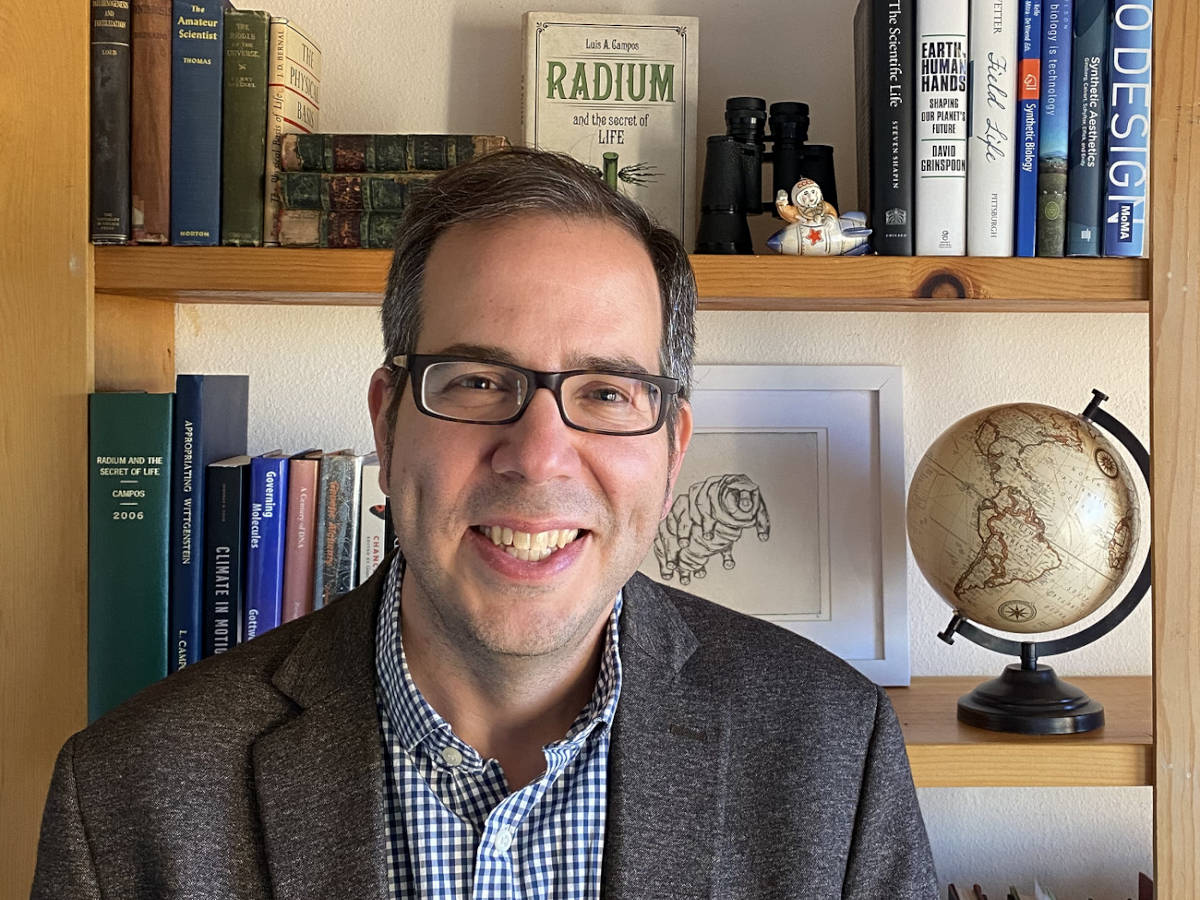
Luis Campos
Luis Campos is the Baker College Chair for the History of Science, Technology, and Innovation at Rice University. Trained in both biology and in the history of science, Campos has written widely on the history of genetics and biological engineering. He
is the author of Radium and the Secret of Life (University of Chicago Press, 2015) and co-editor of Making Mutations: Objects, Practices, Contexts (Max Planck Institute for the History of Science, 2009), and Nature Remade: Engineering Life, Envisioning Worlds (University of Chicago Press, 2021). He has held the Baruch S.Blumberg/NASA Chair of Astrobiology at the Library of Congress (2016-2017), and has been in residence at the Institute for Advanced Study (Princeton), Columbia University (New York), Fondation Brocher (Geneva), Akademie Schloss Solitude (Stuttgart), and the biotech company Ginkgo Bioworks (Boston). Campos is an associate editor of the Journal of the History of Biology, and recently completed six years serving as Secretary of the History of Science Society, “the world’s largest society dedicated to understanding science, technology, and medicine, and their interactions with society in their historical context.”
https://profiles.rice.edu/faculty/luis-campos
Chloé Audas - Projet MELiSSA : le spatial au service de la durabilité
Projet MELiSSA : le spatial au service de la durabilité
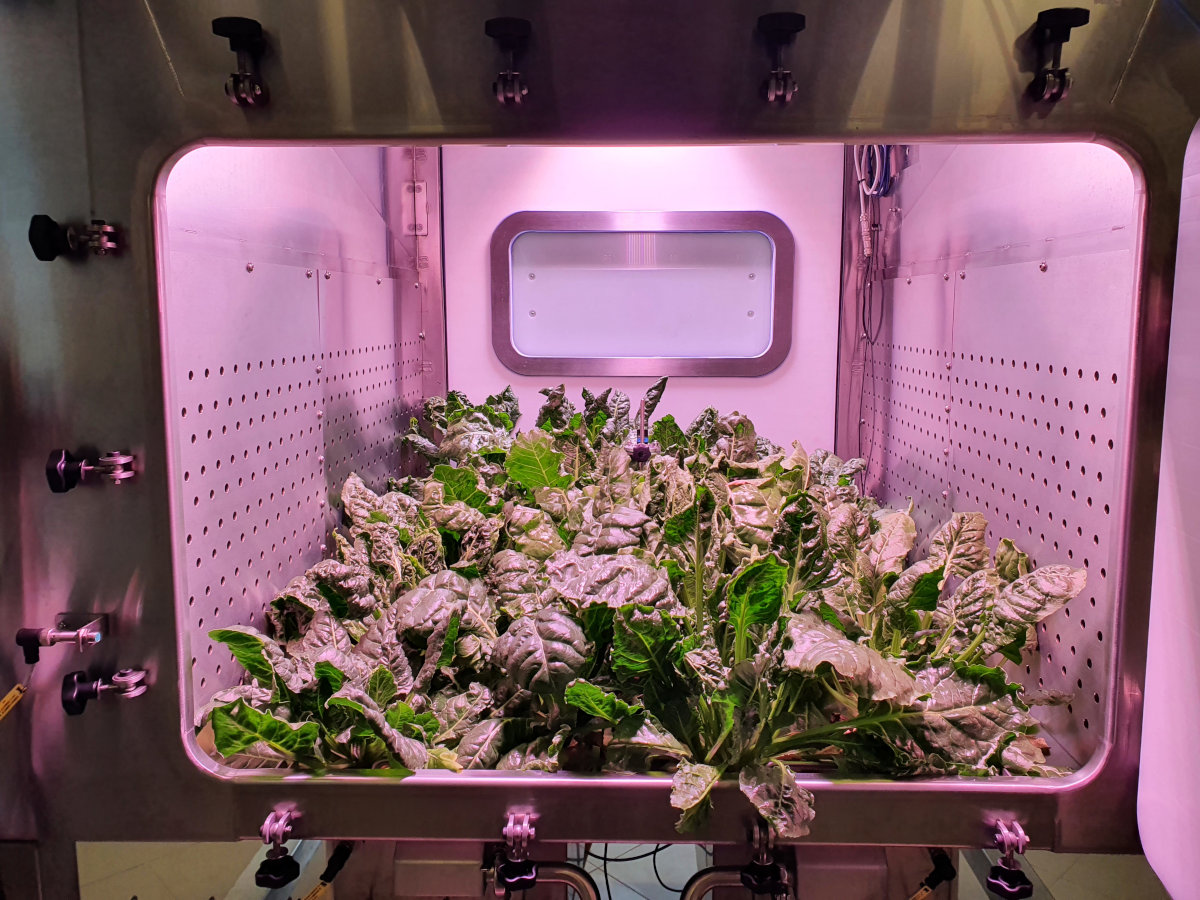
Projet MELiSSA - © Plant Characterization Unit - Swiss chard
MELiSSA (Micro-Ecological Life Support System Alternative) est le projet européen des systèmes de support de vie circulaires. Inspiré d’un écosystème terrestre, le projet a été créé pour acquérir des connaissances sur les systèmes régénératifs,
visant le plus haut degré d’autonomie dans l’espace. MELiSSA vise ainsi la production de nourriture, d’eau et d’oxygène à partir des déchets produits lors d’une mission spatiale. Dirigé par l’Agence Spatiale Européenne et basé un large consortium industriel et universitaire européen, le projet MELiSSA est un effort pionnier et a contribué de manière significative à notre compréhension des procédés de transformation et de la façon dont ils peuvent être intégrés dans des systèmes circulaires. MELiSSA est l’exemple ultime d’économie circulaire, mais une meilleure gestion des ressources dans l’espace ouvre également la voie à de nombreuse solutions circulaires pour notre vie sur Terre.
melissafoundation.org/
Chloé Audas
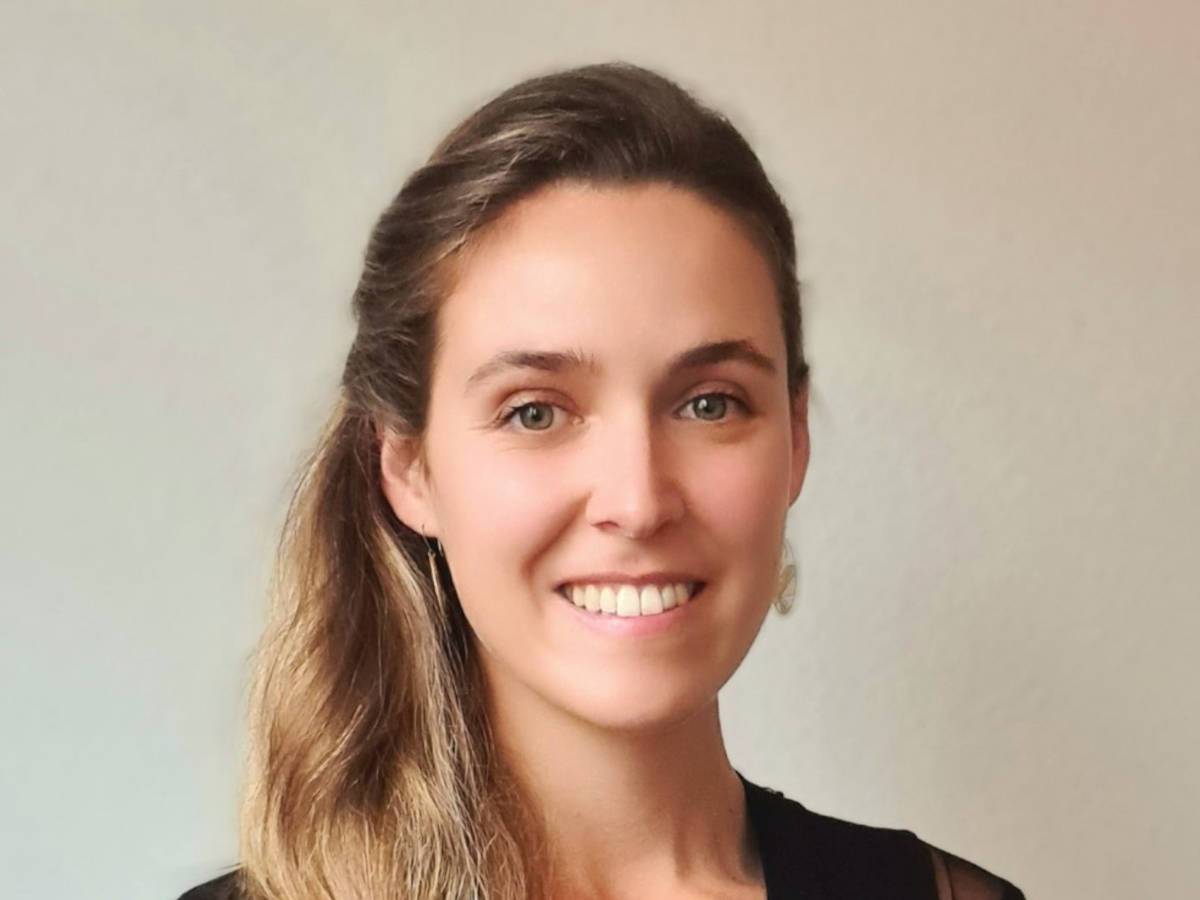
Cheffe de Projet MELiSSA – Intervention faite au nom de la Fondation MELiSSA. Chloé Audas est ingénieure à l’Agence Spatiale Européenne (ESA) aux Pays-Bas. En 2014, elle obtient un diplôme d’ingénieur aérospatial à l’Institut Supérieur de l’Aéronautique et de l’Espace (ISAE-SUPAERO, Toulouse) ainsi qu’un diplôme d’ingénieur biomédical à l’Imperial College (Londres). Elle concentre ses premiers travaux de recherche sur l’adaptation du système cardiovasculaire en microgravité. Après avoir travaillé pour le Centre National d’Études Spatiales et Thales Alenia Space, Chloé Audas rejoint l’ESA en 2016. Dans ses premières fonctions, elle soutient la coordination des opérations scientifiques de l’Agence à bord de la Station Spatiale Internationale. Depuis 2021, Chloé Audas fait partie du projet MELiSSA. En Novembre 2023, elle reprend les rênes du projet à la suite de Christophe Lasseur qui a dirigé le projet pendant plus de 30 ans.
linkedin.com/in/chloeaudas/
Michèle Boulogne - Mining the Sky, the pursuit of finitude
Mining the Sky, the pursuit of finitude
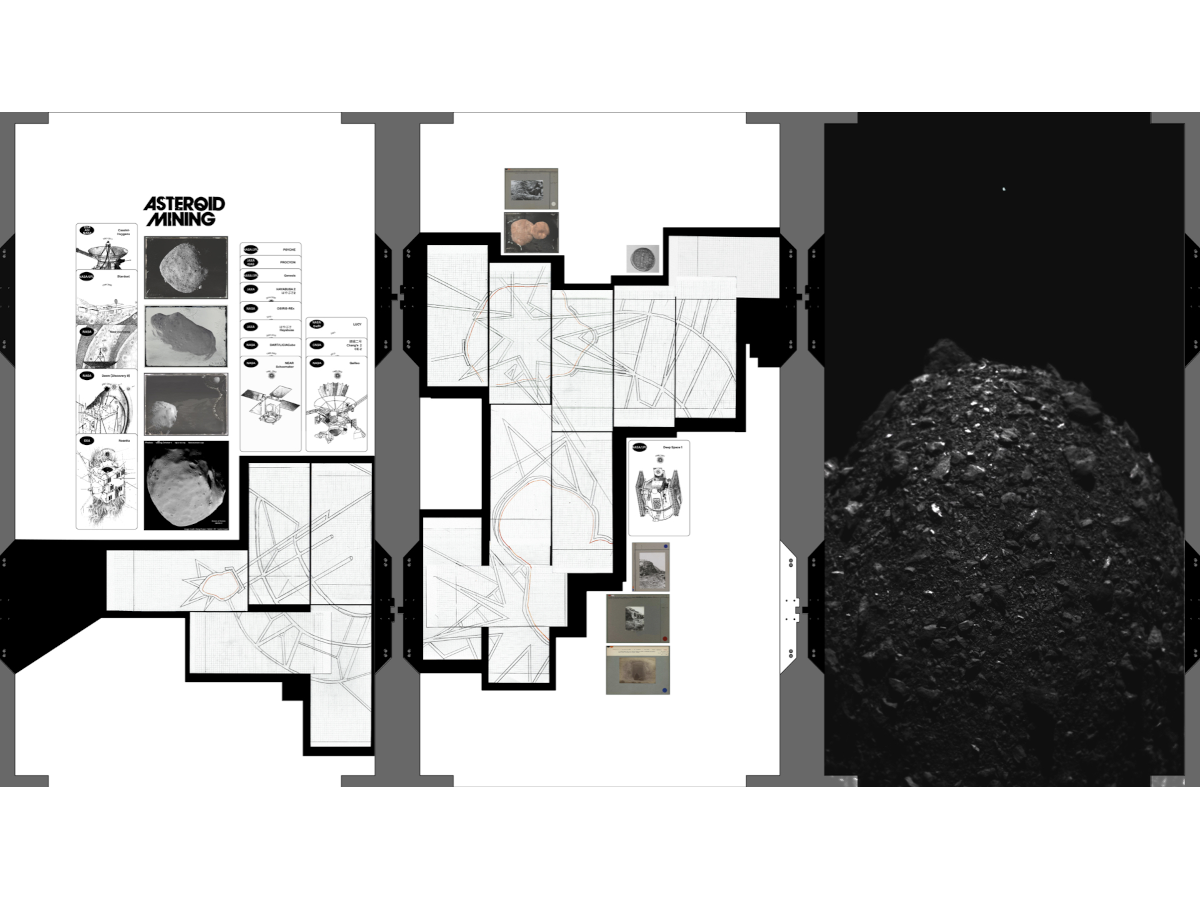
Mining the Sky, Michèle Boulogne, courtesy of the artist
Mining the sky, the pursuit of finitude analyse les enjeux de l’exportation du modèle de l’exploitation minière terrestre aux milieux extraterrestres et plus particulièrement aux astéroïdes. L’artiste nous présentera une cartographie des liens et points de rupture entre ces deux modèles miniers, le tellurique et le spatial, et leurs conséquences historiques et potentielles, développant l’exemple de son impact sur la membrane atmosphérique ainsi que sur les fluctuations de marché du travail et de la valeur. Par le biais d’un récit visuel retraçant la connaissance de ces minerais venus du ciel, Michèle Boulogne soulève les questions : où commence et se termine l’espace terrestre ? Comment se traduit la notion de rareté dans l’espace astronomique ? Quel serait l’avenir de la poursuite de l’industrie de la finitude ?
Mining the sky, the pursuit of finitude addresses the issues involved in transferring the terrestrial mining industry model to extraterrestrial environments, and more specifically to asteroids. The artist will present a cartography of the ties and
breakpoints between these two mining models, the telluric and the spatial, and their historical and potential consequences, developing the example of its impact on the atmosphere as well as on fluctuations in the labor and value markets. Through a visual narration tracing the history of these ores from the sky, Michèle Boulogne asks: where does terrestrial space begin and end? What does the notion of scarcity mean in astronomical space? What does the future hold for the continuation of the industry of finitude?
Michèle Boulogne
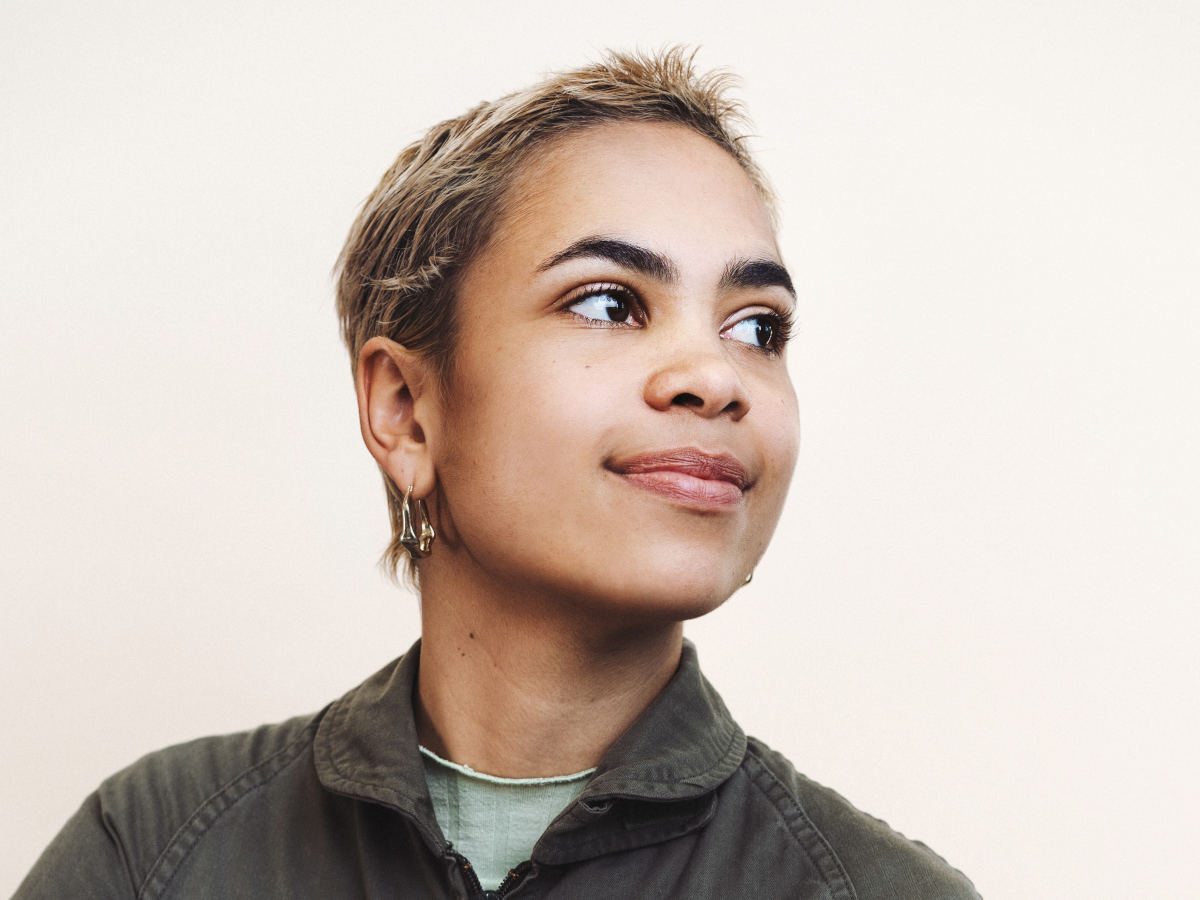
Photo courtesy Rosella Fennis
Artiste et Designer
Basée entre Rotterdam et la Martinique, Michèle Boulogne (née 1996 en Martinique,France), est une artiste et designer textile.
Ses recherches interrogent le contexte culturel et social des imaginaires de l’exploration spatiales et se situent à la croisée des arts visuels et expérimentations textiles. Michèle détourne régulièrement les outils de représentation géographiques tels que les cartes et la télédétection, et questionne l’influence de ces instruments dans l’imaginaire culturel. En 2023, l’artiste a entamé un projet de recherche sur l’histoire de l’archipel Caribéen afin d’informer les enjeux actuels de l’exploration
extraterrestre. Elle travaille régulièrement en collaboration avec des fonds d’archive scientifiques et Universités des Pays-Bas (Radboud University Nijmegen, Sonnenborgh Observatory).
Elle a récemment participé au projet More-than-Planet en collaboration avec Stichting Waag Society (NL), Amsterdam présenté à Ars Electronica (AT). Ses travaux on été exposés à Shanghai Fosun Fondation (CH), la Haus B-Haus der Statistik GE) ou encore la Dutch Design Week (NL).
Michèle a étudié le Textile à l’ENSAAMA Olivier de Serres (FR) ainsi que la Rhodes Island School of Design (RI, USA) puis le Design à la Design Academy Eindhoven (NL) en 2021.
instagram @micheleblgn instagram.com/micheleblgn
website www.micheleboulogne.com
Antti Tenetz - - Into the Void - Art in extreme environments? Space, mine, research station in sub-arctic wilderness, analog astronaut missions.
Into the Void - Art in extreme environments? Space, mine, research station in sub-arctic wilderness, analog astronaut missions.
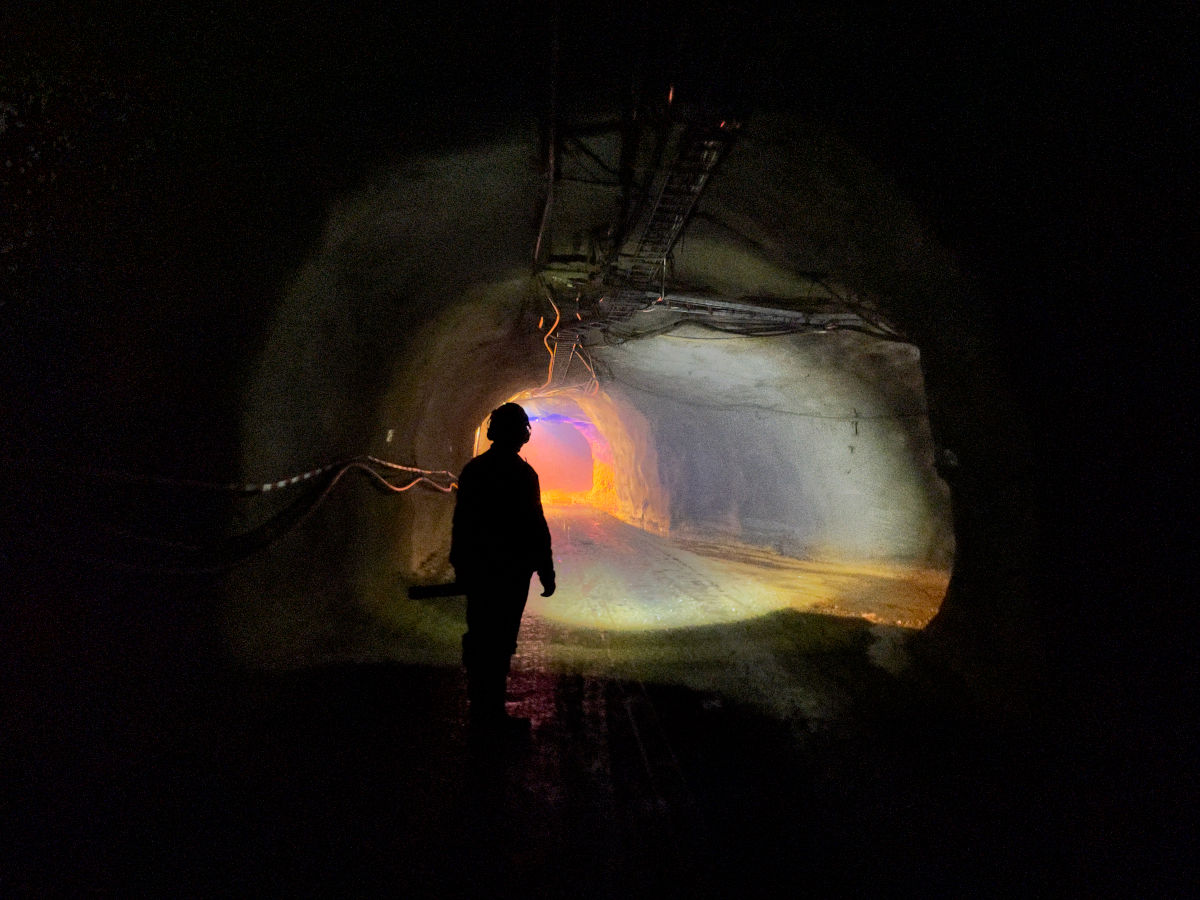
Pyhäsalmi mine, Finland, image Antti Tenetz
Into the Void – What art done in extreme environments can reveal to us?
What role art and artists can have in deep mines and research station in sub-arctic wilderness, analog astronaut missions, in space research, satellites and in use of earth observation at boundary of biosphere?
How critically use and explore world shaping technologies on those extreme settings and build capacity to reveal signals, events and entities, hyperobjects, like global warming, environmental change of such vast dimensions that they defeat understanding?
Building capacity for richer and critical planetary image from local and global perspectives in aim to develop environmental literacy for everybody: artist, researchers and citizens.
Antti Tenetz
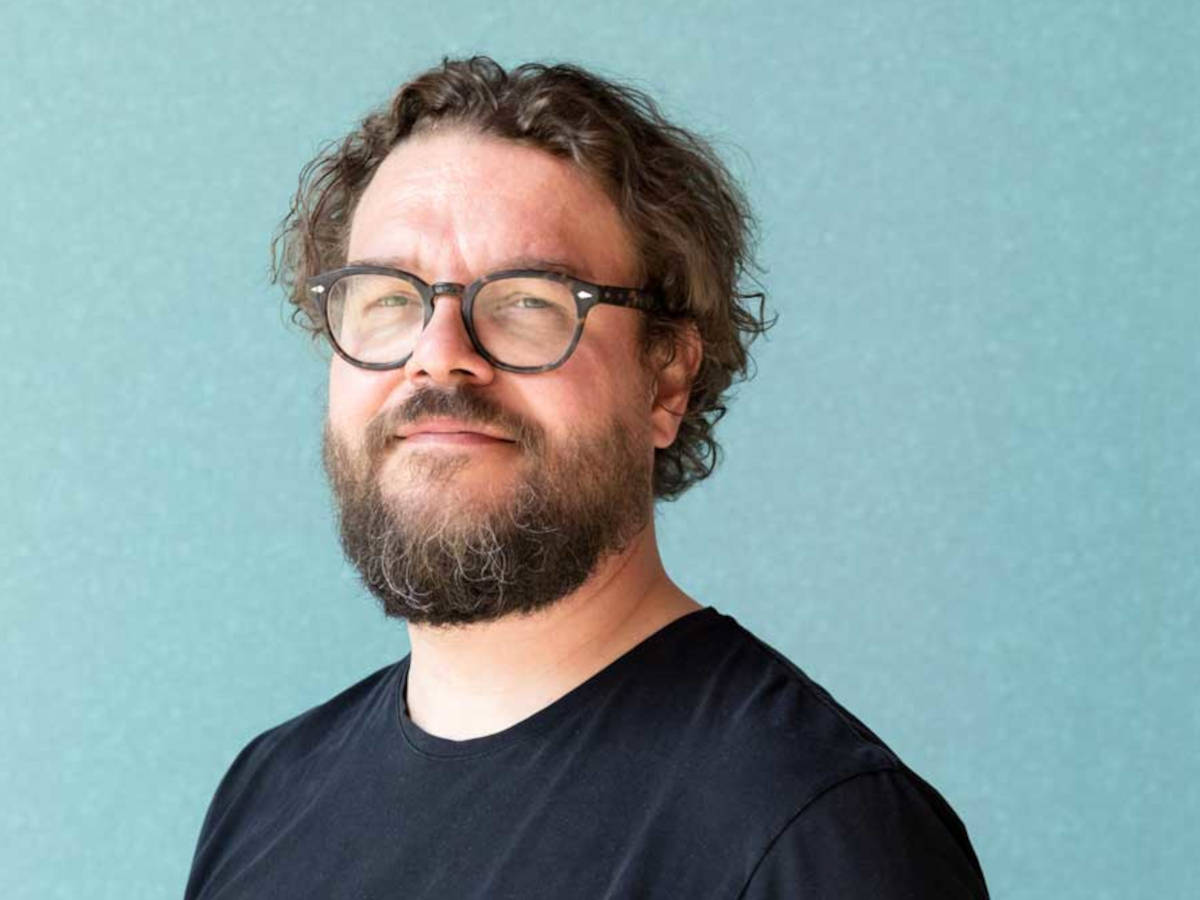
Antti Tenetz is a sub-arctic based artist, researcher, curator and facilitator from Oulu, Finland.
Currently he prepares new works about invasive species to Venice 2024 and adaptation based works for Nova Gorica, Slovenia 2025 and Oulu, 2026 for European Capital of Culture.
He serves as the project manager for the More-than-Planet creative-eu project at the Northern Photographic Centre in Oulu and is project researcher at Oulu University. Previously, he was developing biological arts field for Art Promotion Centre of Finland.
Tenetz’s work is frequently positioned at the confluence of media arts, activism, biological arts, and urban art. He is committed to multi-disciplinary and multi-artistic collaboration that bridges art and science, integrating local and non-human knowledge. His use of technology is notable, employing drones, satellite tracking, earth observation methods, biotechnologies, game engines, and machine learning, often in extreme environments such as deep mines, sub-arctic waterbodies, boreal forests, and settings that simulate space missions.
In his practice, Tenetz explores the interactions and adaptations of humans, non-human entities, and machines to the evolving challenges within our hybrid environments, where the technosphere and biosphere merge. His exploration in arts and science across these hybrid systems focuses on uncovering relevant questions and themes related to experience, our relationship with nature and other species, privacy, legal considerations, landscapes, natural values, and the survival of life as we currently understand it, as well as its potential futures.
Tenetz’s work and collaborative projects have been exhibited both in Finland and internationally, including prestigious venues and events such as the Venice Biennale, Ars Electronica, Constructing Context in Hong Kong, Manifesta 12, the Tate Modern Exchange program, and the Science Gallery in Dublin.
https://www.photonorth.fi/en/projektit/more-than-planet/
www.tenetz.com
https://www.instagram.com/tenetz/?hl=fi
Vous pouvez retrouver les vidéos de la rencontre sur Youtube (ci-dessous)
Annick Bureaud, Introduction, Quelle planète
Luis Campos - Ascensions and Astrobotany: Islands in the Sky
Discussion Luis Campos with Chloé Audas
Michèle Boulogne - Mining the Sky, The Pursuit of Finitude
Antti Tenetz - Into the Void - art in extreme environments? space, mine, research station in sub-arctic wilderness, analog astronaut missions
Michèle Boulogne, Antti Tenetz, discussion
Galerie
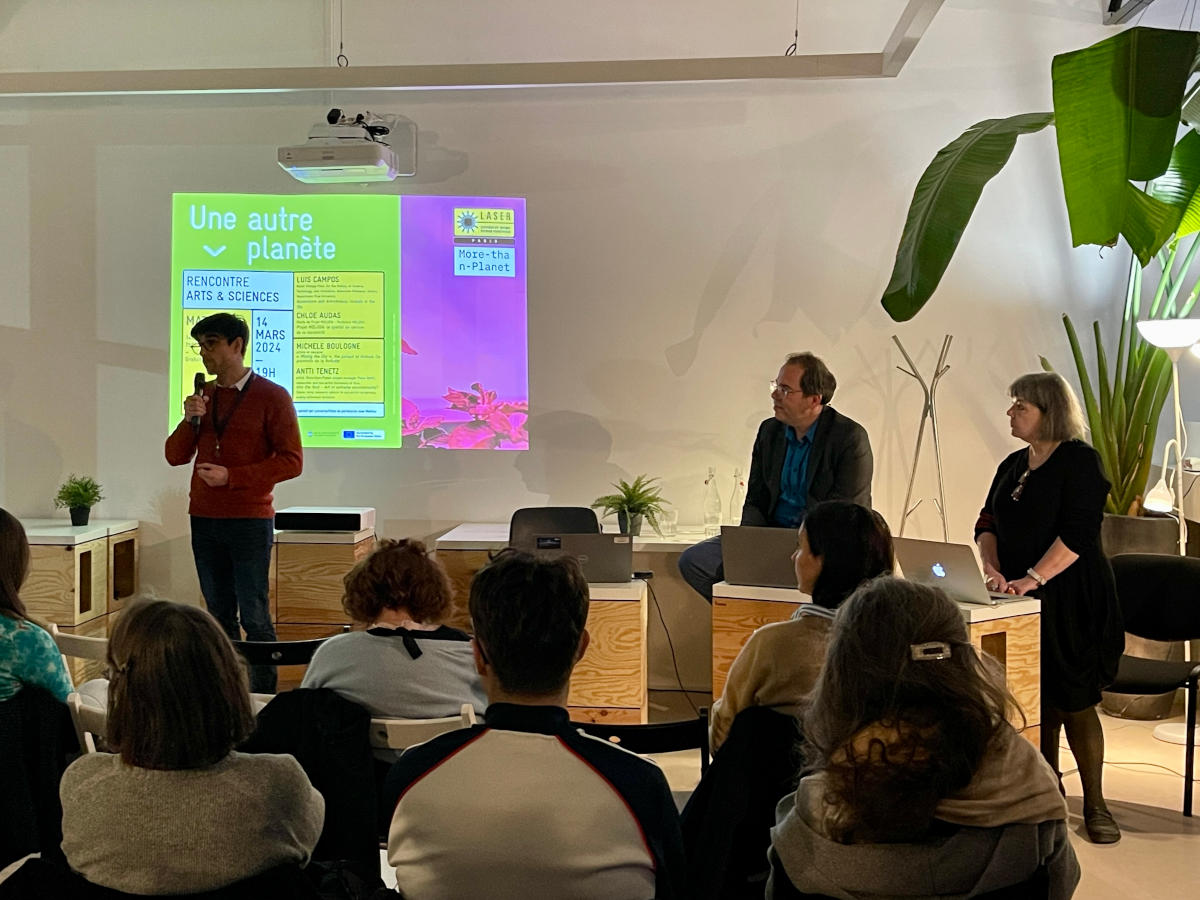
Simon Guirriec de Matrice ouvre la soirée, LASER Paris, "Une autre planète "2024-03-14 - More-than-Planet - image Carine Le Malet
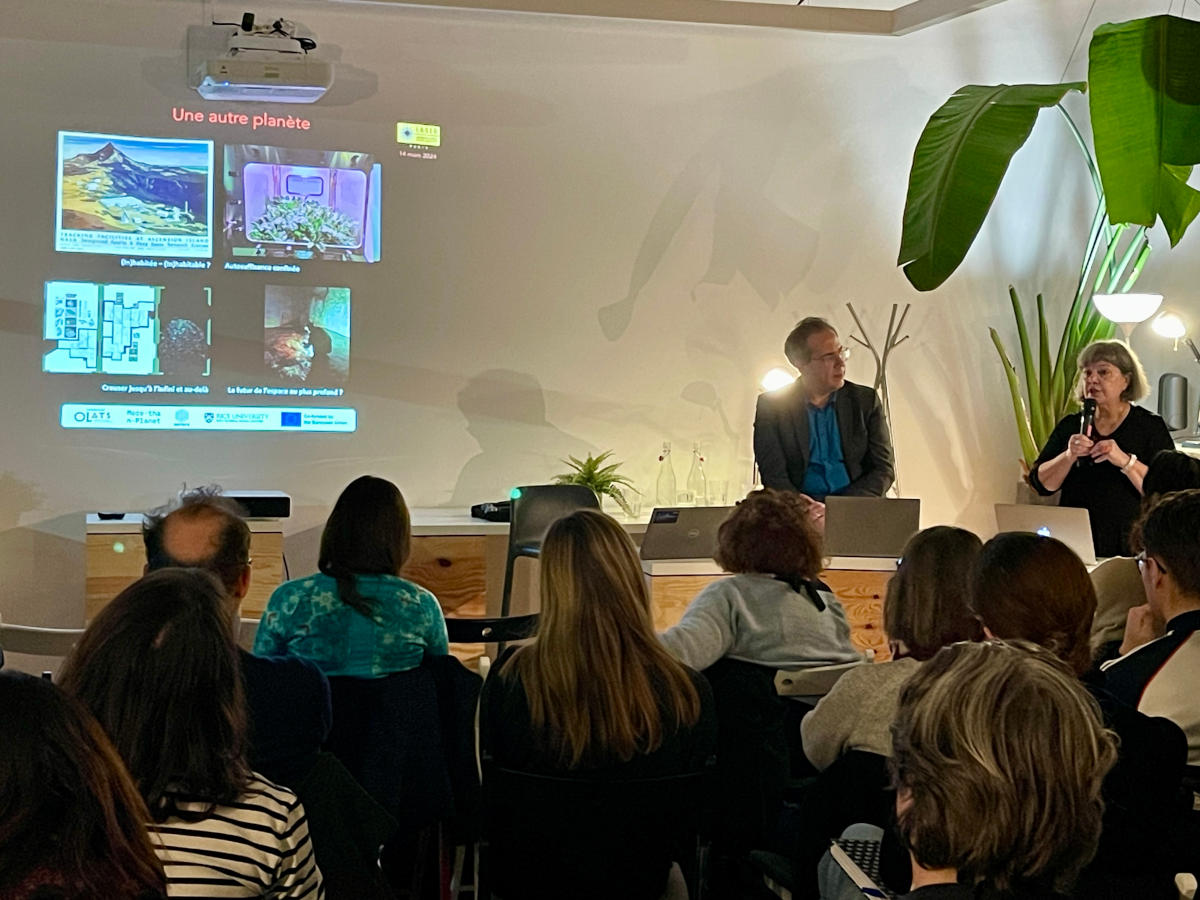
Introduction par Annick Bureaud, LASER Paris, "Une autre planète", 2024-03-14 -More-than-Planet - image Carine Le Malet
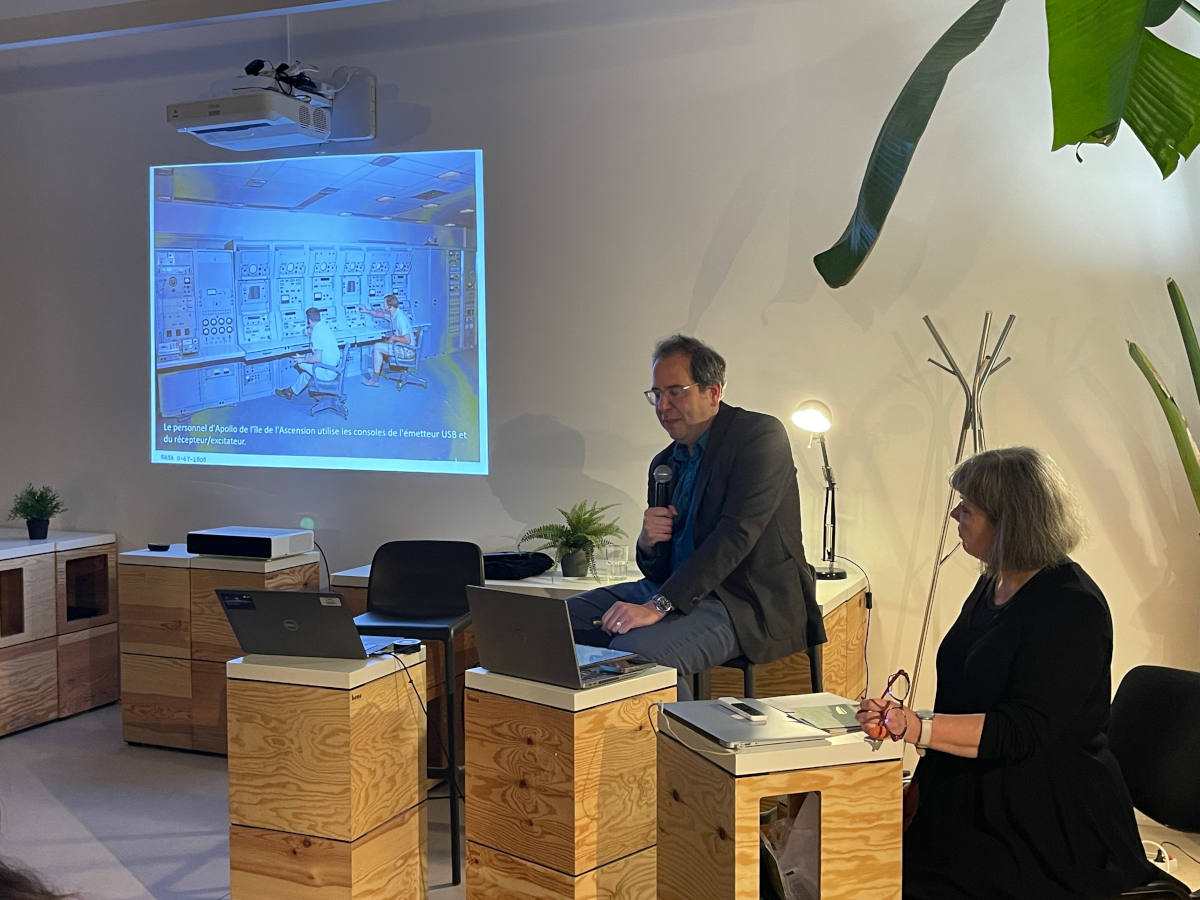
Luis Campos, "Ascensions and Astrobotany: Islands in the Sky", LASER Paris, "Une autre planète" 2024-03-14 - More-than-Planet - image Carine Le Malet
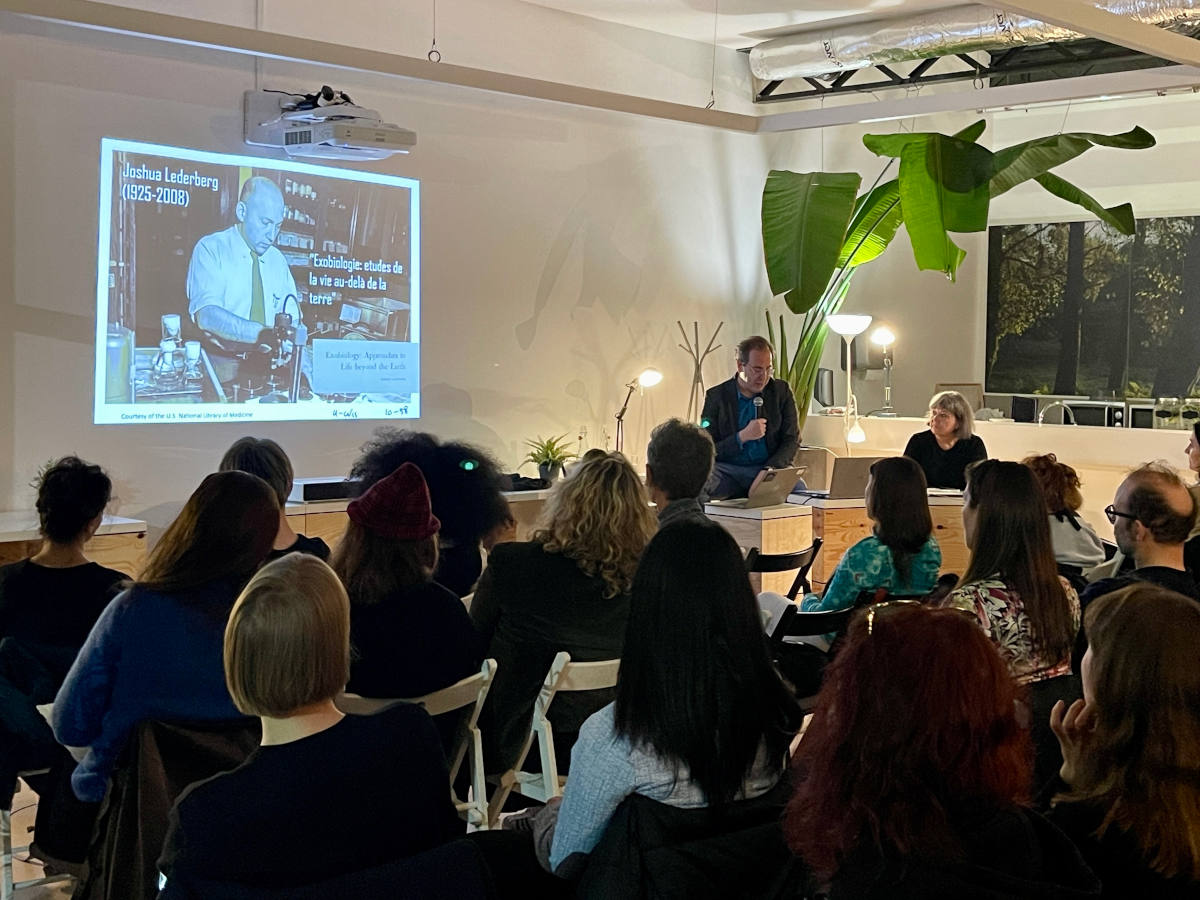
Luis Campos, "Ascensions and Astrobotany: Islands in the Sky", LASER Paris, "Une autre planète" 2024-03-14 - More-than-Planet - image Carine Le Malet
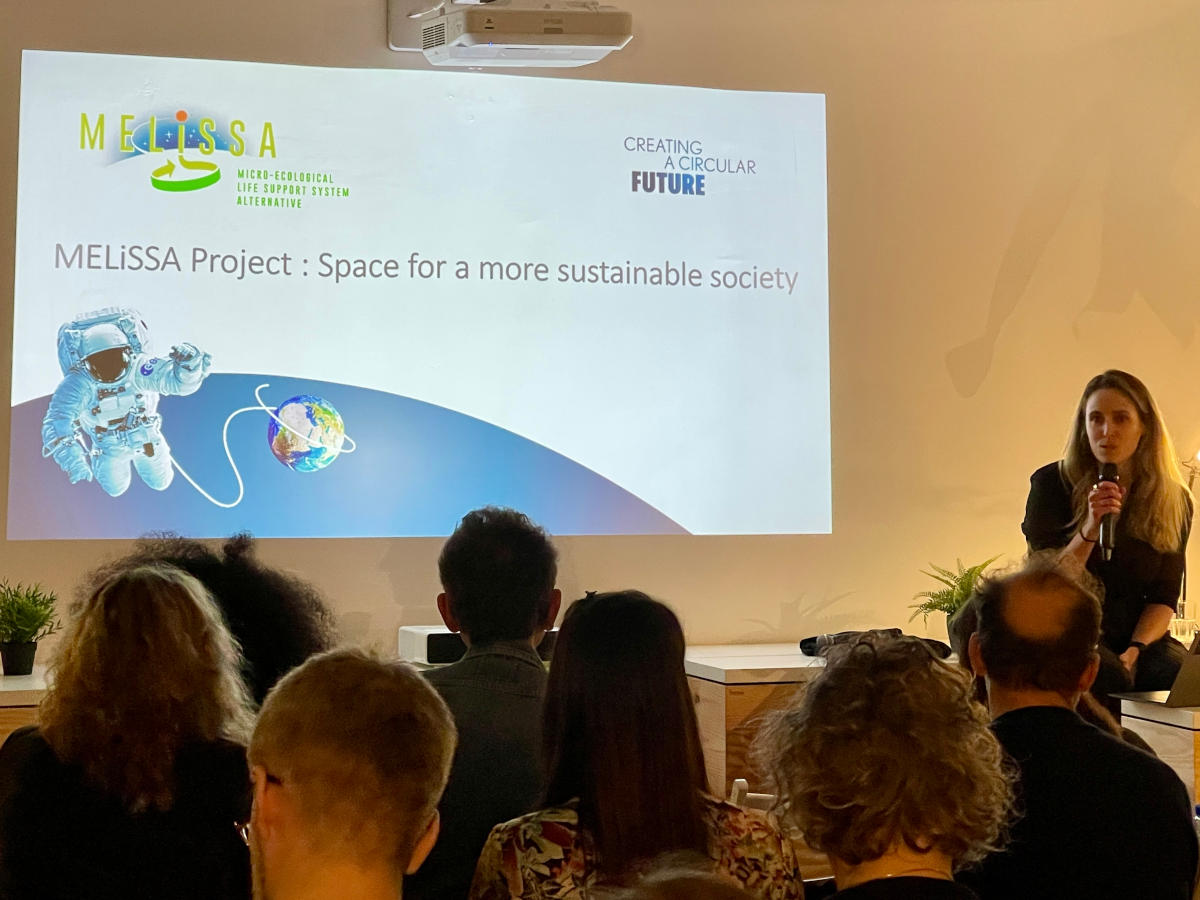
Chloé Audas, "Projet MELiSSA : le spatial au service de la durabilité" LASER Paris, "Une autre planète", 2024-03-14 - More-than-Planet - image Carine Le Malet
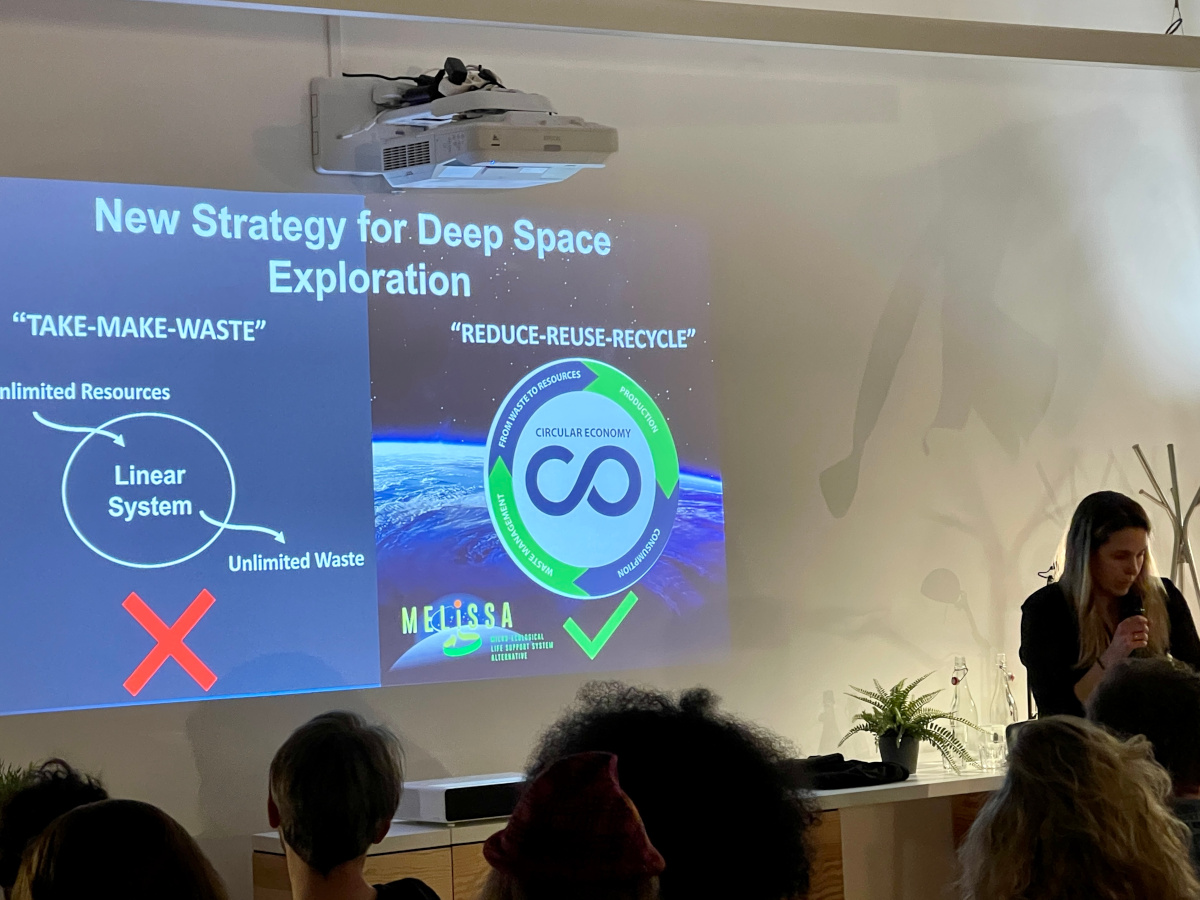
Chloé Audas, "Projet MELiSSA : le spatial au service de la durabilité" LASER Paris, "Une autre planète", 2024-03-14 - More-than-Planet - image Carine Le Malet
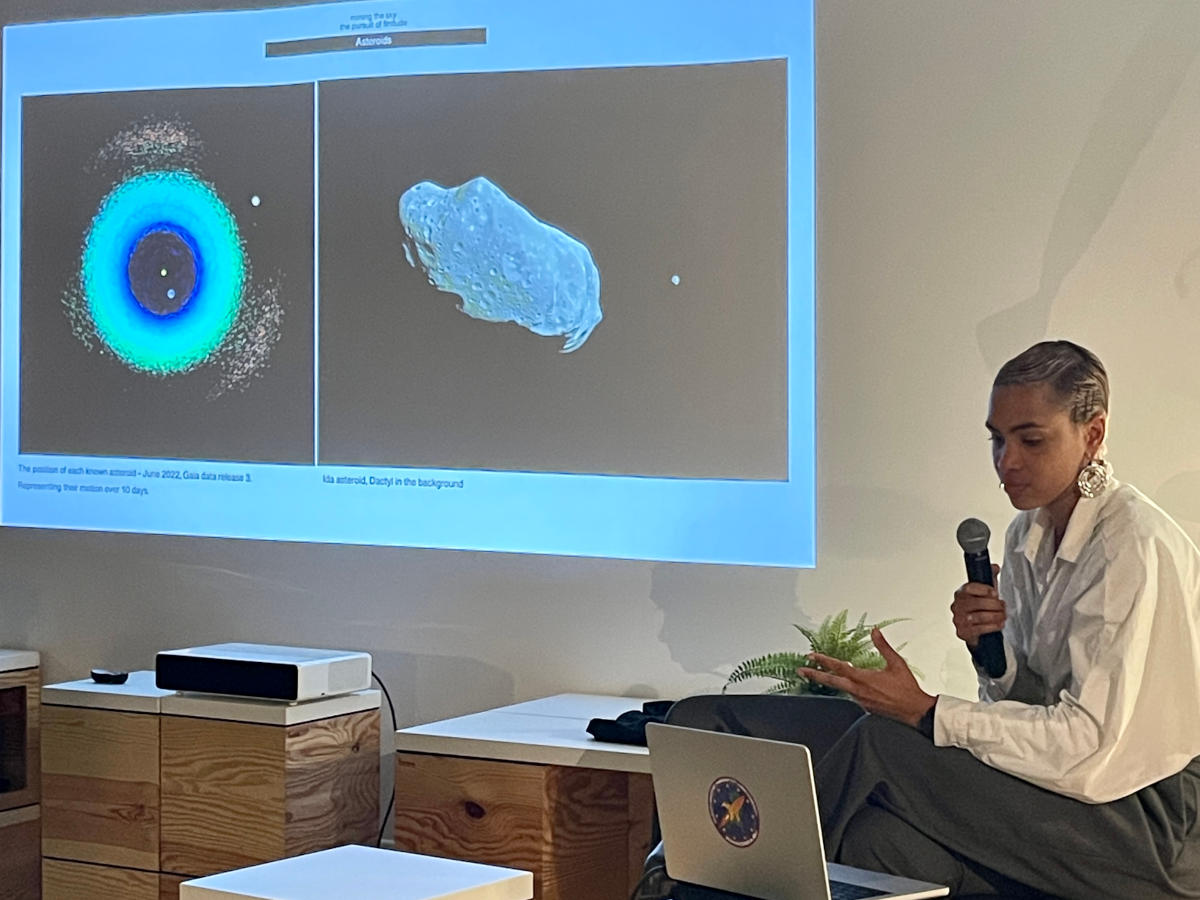
Michèle Boulogne, "Mining the Sky , the pursuit of finitude", LASER Paris, "Une autre planète", 2024-03-14 - More-than-Planet - image Carine Le Malet
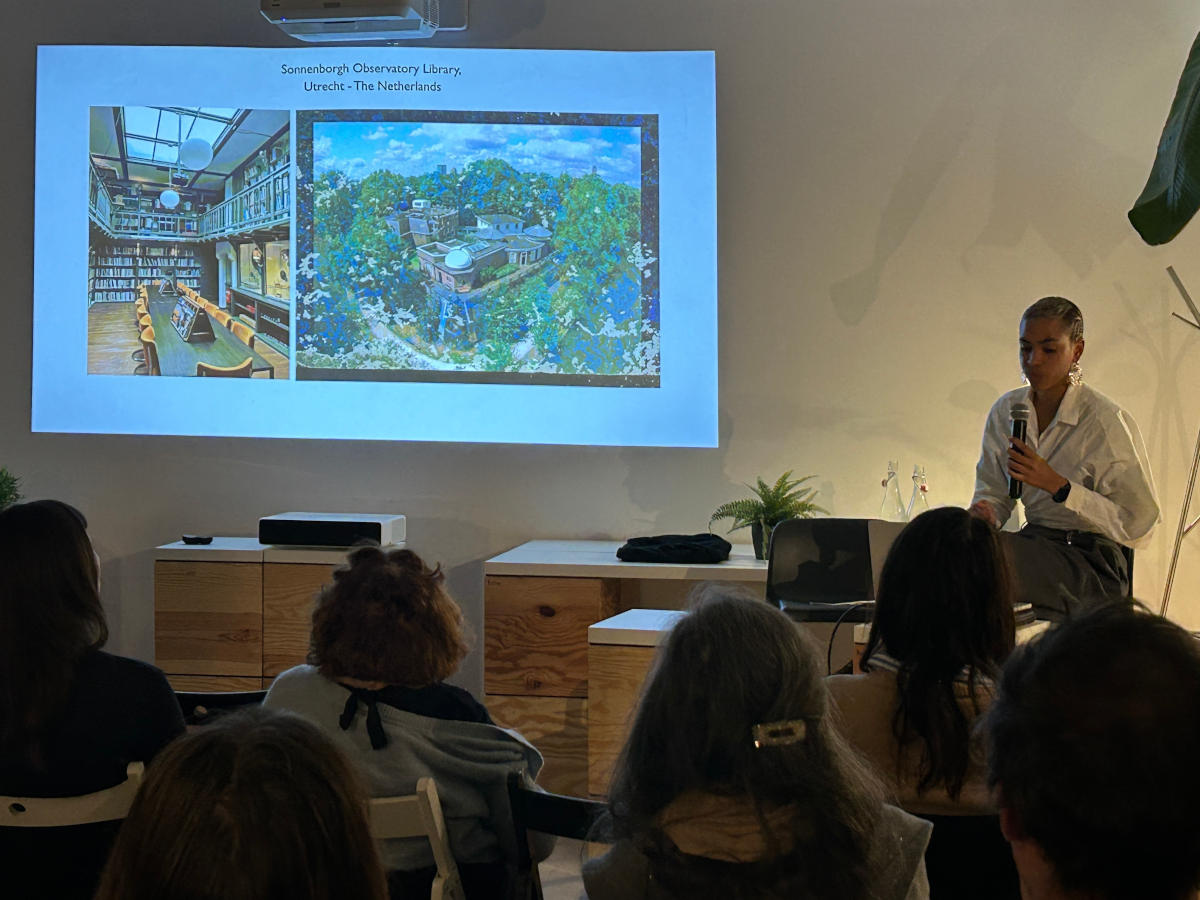
Michèle Boulogne, "Mining the Sky , the pursuit of finitude", LASER Paris, "Une autre
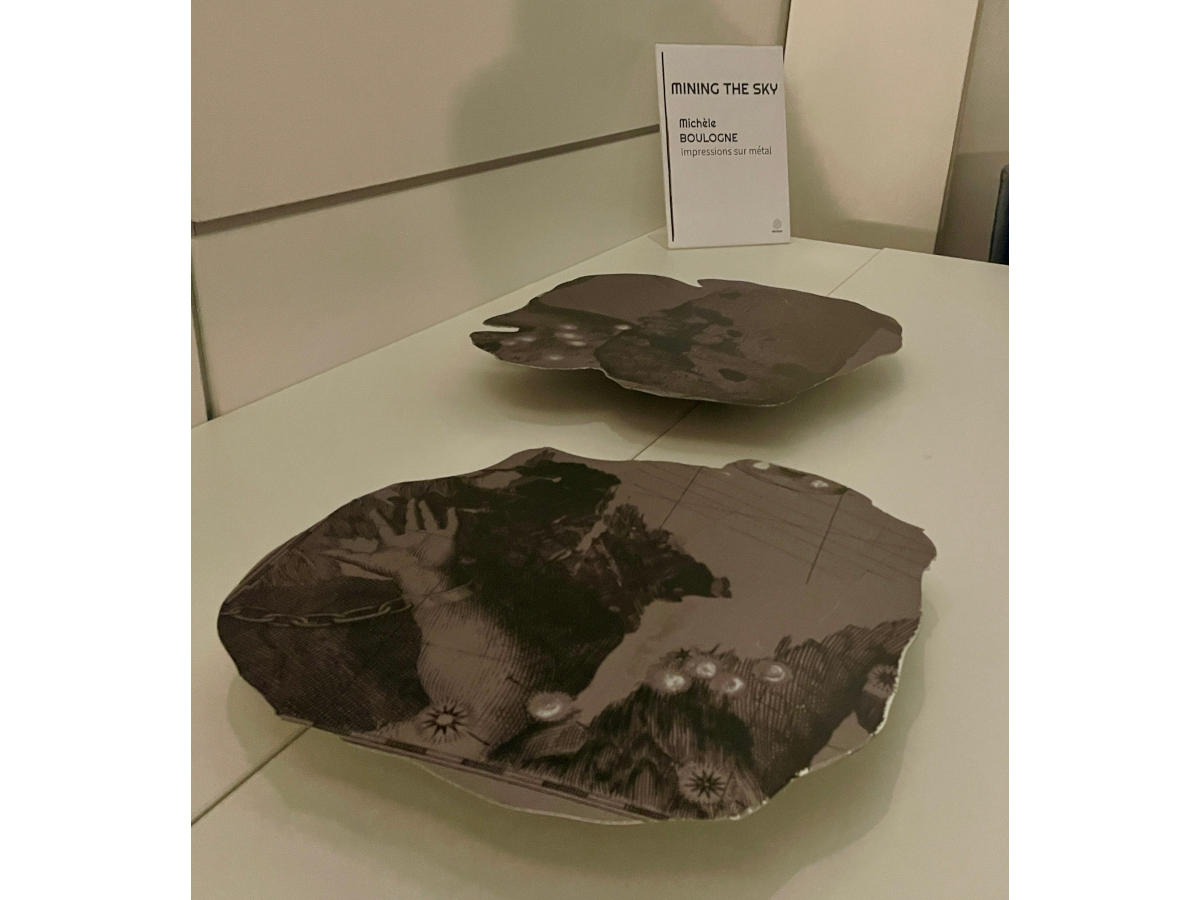
Michèle Boulogne, Mining the Sky , expostion pop up LASER Paris, "Une autre planète" 2024-03-14 - More-than-Planet - image Carine Le Malet
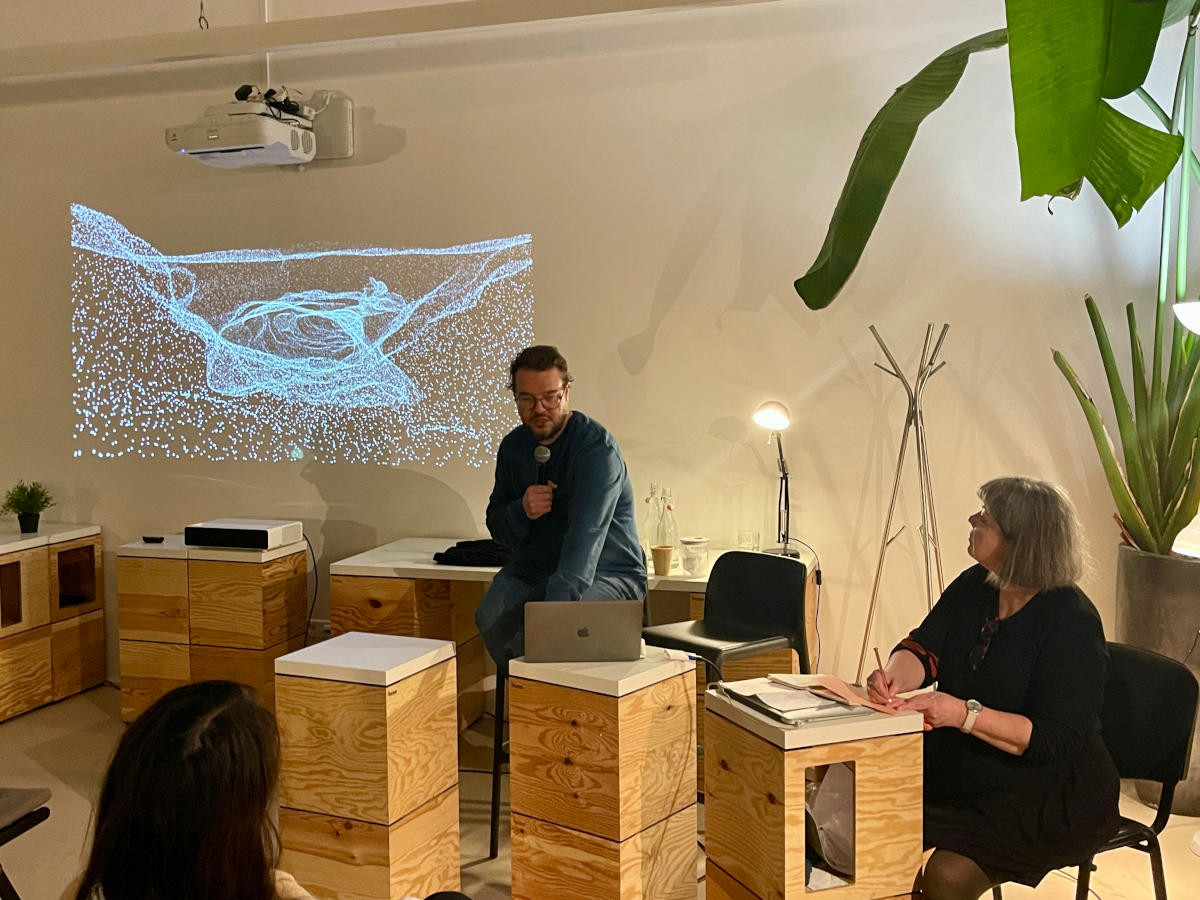
Antti Tenetz, Into the Void - Art in extreme environments? Space, mine, research station in sub-arctic wilderness, analog astronaut missions, LASER Paris, "Une autre planète "2024-03-14 - More-than-Planet - image Carine Le Malet
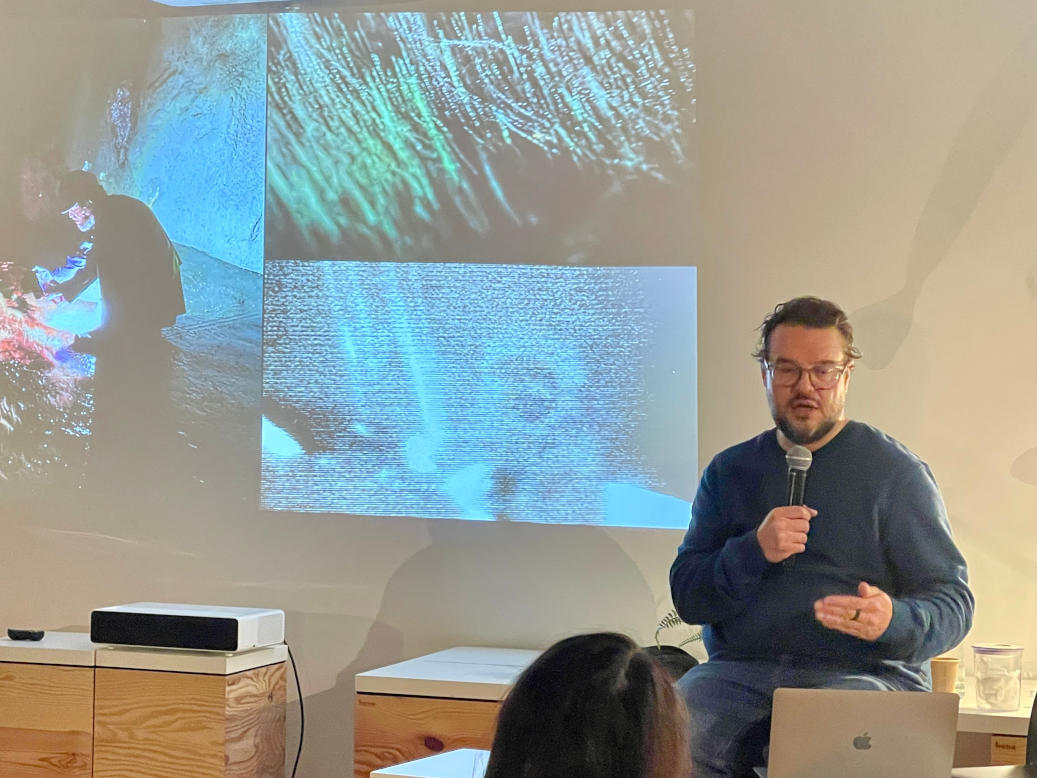
Antti Tenetz, Into the Void - Art in extreme environments? Space, mine, research station in sub-arctic wilderness, analog astronaut missions, LASER Paris, "Une autre planète "2024-03-14 - More-than-Planet - image Carine Le Malet
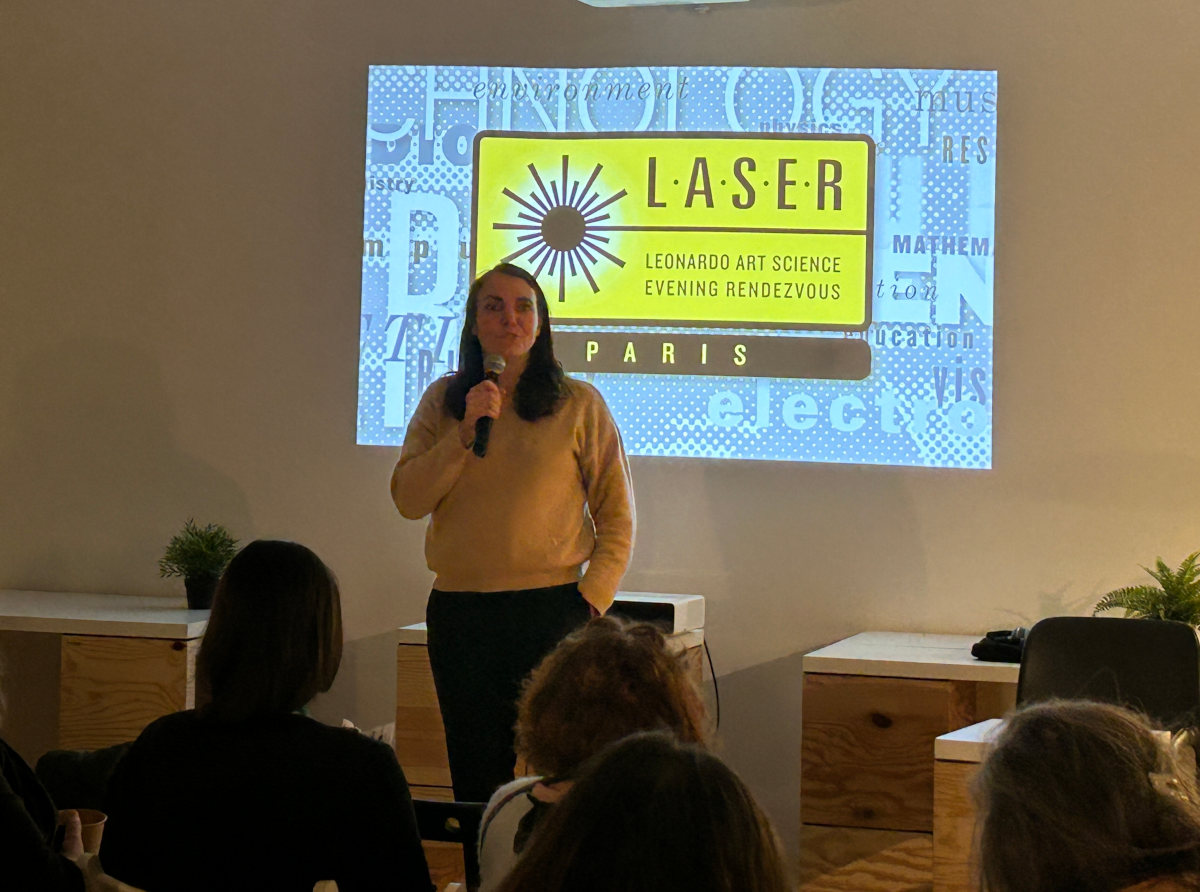
Estelle Dubernard, Rice Global Center Paris clôt la soirée, LASER Paris, "Une autre planète", 2024-03-14 - More-than-Planet - image Luis Campos
Partenaires
Programme créé par Leonardo/ISAST, LASER (Leonardo Art Science Evening Rendez-vous) est un partage d’expériences autour de projets art-science dans des rencontres semi-formelles, hors du cadre institutionnel.
Rencontre LASER Paris organisée par Leonardo/Olats en partenariat avec Matrice centre d’innovation technologique et sociale, avec le soutien du programme Creative Europe de l’Union Européenne dans le cadre du projet “More-than-Planet”, et de Rice Global Paris Center.
Views and opinions expressed are however those of the author(s) only and do not necessarily reflect those of the European Union. Neither the European Union nor the granting authority can be held responsible for them.





Leonardo/Olats
Observatoire Leonardo des Arts et des Techno-Sciences
À propos / About | Lettre d'information Olats News



Pour toute (re)publication, merci de contacter / For any (re)publication, please contact Annick Bureaud: info@olats.org
Pour toute question concernant le site, merci de contacter / For any issue about the website, please contact: webmaster@olats.org
Design Thierry Fournier
© Association Leonardo 1997-2022